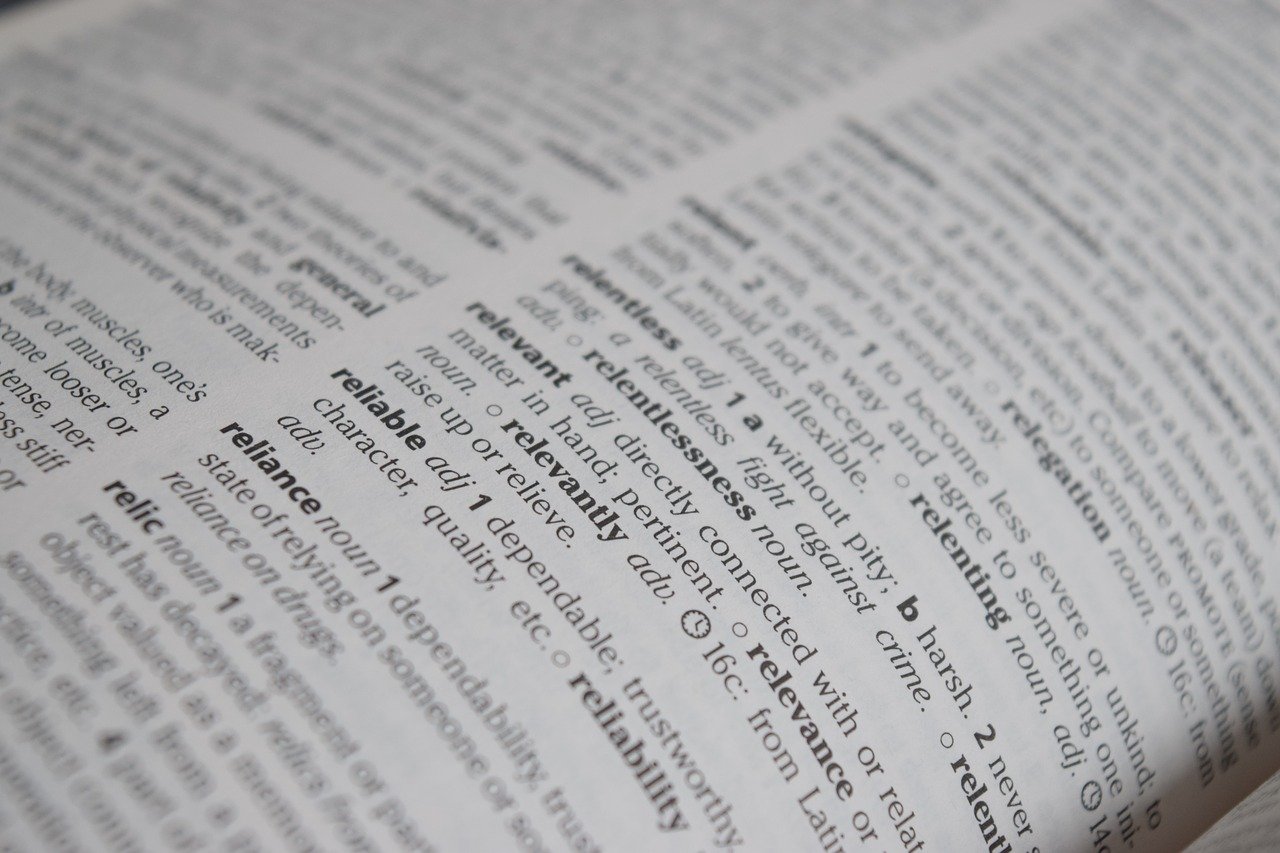At a recent Google SEO Office Hours session, Google Search guru John Mueller mentioned an interesting element of how the search engine’s algorithms work, when it comes to links. For lawyers, the phenomenon is a familiar one, seen every day in WestLaw or Lexis Nexis.
Google Looks at Surrounding Text to Gauge a Link’s Relevance
During the online question and answer session, Mueller was asked about “naked links” – those that have no anchor text, and instead just use the URL, like this – https://www.myersfreelance.com/
Mueller’s answer to the question was a bit convoluted – first, he said that the URL is the anchor text, but then said that the anchor text didn’t count.
A follow up question asked if Google could look to the text surrounding the naked link to glean some idea of what the link was about. Interestingly, Mueller said that Google’s algorithms could do that, “but that’s more kind of secondary.”
Links, Anchor Text, and Relevance
This revelation is fascinating because links are some of the most important elements of search engine optimization (SEO) and online marketing. Search engines use links to gauge how relevant and important a site is, for a given search query. Backlinks – links to your site that come from elsewhere on the internet – are especially potent, as they indicate recognition from someone else on the internet.
Search engines also note the link’s anchor text – the words that hold the link, and that often turn blue. That anchor text serves as an indication of what the destination site is about, which search engines use to determine whether it is relevant for a particular query.
Surrounding Text is Now a Factor, Too
Now, though, we know that Google also considers the text surrounding the link as an indication of relevance.
For lawyers who use WestLaw or Lexis Nexis all the time, the concept is not new.
For example, WestLaw uses the backslash to let lawyers search for instances where two words or phrases appear within the same paragraph of each other (/p), in the same sentence (/s), or even within a certain number of words (/5 or /25, for example).
The same now seems to go for links, though Mueller did make it clear that the surrounding text is not considered a strong signal for a link.

Google Already Has a Patent for This
Using the surrounding text to determine what a linked site is about is not something that has come out of the blue: Google filed for a patent to do just that way back in April, 2016.
Interestingly, the patent does not focus on “naked links,” like Mueller did in his online Q&A. Instead, the patent is broader, focusing on “annotation text… within a predetermined distance of an outbound link.” That’s any outbound link, not just ones with anchor text.
A likely driving force behind this patent was the infamous tendency for websites to use “click here” as a link’s anchor text. By looking “a predetermined distance” on either side of a link for “annotation text” that held a clue what the link was about, Google could get around the obstacle that this vague anchor text had presented.
Unfortunately, the patent doesn’t state the “predetermined distance” that can be checked for that clue. SEO pros, though, have found that it is quite large – possibly as much as a paragraph.
What Does This Mean for Your Online Legal Content Writing?
For your online legal content writing, this actually means very little. You should continue to write as you were, before:
- Choose your anchor text carefully for your internal links to tell search engines what the site being linked to is all about
- If you must, only send outbound links to your competitors with a no-follow tag
- Don’t sweat the anchor text for outbound links you send to non-competitors – it doesn’t seem to matter at all for your SEO
It does matter, though, when you audit your law firm website’s backlink portfolio. If other sites are linking to yours with “naked links” or vague anchor text, you’ll also want to look at the surrounding text, as well. Is the link to your site held by vague anchor text and the surrounding paragraph is completely irrelevant to your site? You may want to take action: The backlink might be creating more confusion than it’s worth.